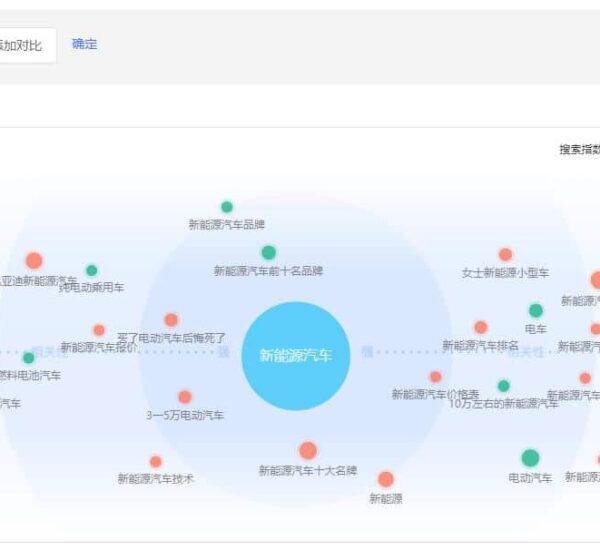Recently updated on November 26th, 2025 at 08:09 pm
As an English Chinese translation team, we know localizing your website or app for the Chinese market isn’t simple. Even if your content works in other English-speaking markets, Chinese audiences need more than direct translation, they need it to feel natural and culturally spot-on.
Chinese website localization is more than translation. It’s about making your site or app feel right for your audience, language, design, icons, colors, even emojis.
For Latin-script markets, changes are small. For Chinese, getting the cultural and historical nuances right is a much bigger challenge. Here, we’ll show how to approach it.

Top 7 Tips for Chinese Website and APP Localization
From our experience, China is a unique market. Many Western apps don’t work here, so local versions dominate and are built specifically for Chinese users.
When we localize websites or apps, we always keep in mind that design and content need to fit the audience. What works in one Chinese-speaking region might not work in another, so knowing your users is crucial.
Image Symbolism
When we work on Chinese localization, even little details count. For instance, the arrow “→” is usually used to tell directions, however, in the Chinese market, it’s usually denoted as “to discover, to learn more”.
Chinese consumers love images. As the saying goes, “a picture is worth a thousand words.” They prefer images showing the benefits of a product over plain text.
Colour Symbolism
Colors can mean very different things in China compared to the West. Examples:
White – the colour white is linked to mourning in China, while in the West it’s often the black color.
Red – Red is a festive color in China, used in holidays, weddings, and the national flag. In the West, it often signals revolution.
Yellow – Yellow means royalty in China, but in the West it’s bright and cheerful.
The Use of Emojis and Mascots
Look at Chinese apps or the Beijing Olympics, and you’ll see plenty of mascots that seem super cute to Western eyes.
Brands like JD even use playful, cartoon-style characters.
The Complexity of Design
Unlike Western sites, which favor minimalism, Chinese websites pack a lot into a single page. You’ll see multiple product images, bright colors, long menus, sounds, animations, and plenty of graphics.
All-in-One Page and Menus
As mentioned above, western sites are low-context. Chinese sites pack info onto a single page, so menus are designed to show everything clearly.
The Challenges of Chinese Characters
There’re many challenges with the Chinese web fonts. Different fonts can make a page expand or shrink, which affects how users experience your site.
Group Decisions, Respect Seniors and Family
Western culture values individualism, while Chinese culture leans more toward the collective. This difference shapes a lot of how websites and apps are localized for China.

Digital Entrepreneur and Co-Founder of Chinese Copywriter
Having lived and worked in Europe for 6 years, Ting returned to her hometown Guangzhou with the mission to help international businesses succeed in the Chinese market. With 15 years of marketing / web design background, Ting has proven records of digital marketing successes in China. Ting has been featured on diverse mainstream medias in China, including Southern TV, Sina News, Toutiao News, GRT News, etc.



![Top 7 Tips for Effective Chinese Website and App Localization 4 Proven Ways to Translate a Website from English to Chinese in 2025 [+Step-By-Step Guide]](https://chinesecopywriter.com/wp-content/uploads/2021/11/Translate-a-Website-from-English-to-Chinese-Tesla.cn_-600x550.png)